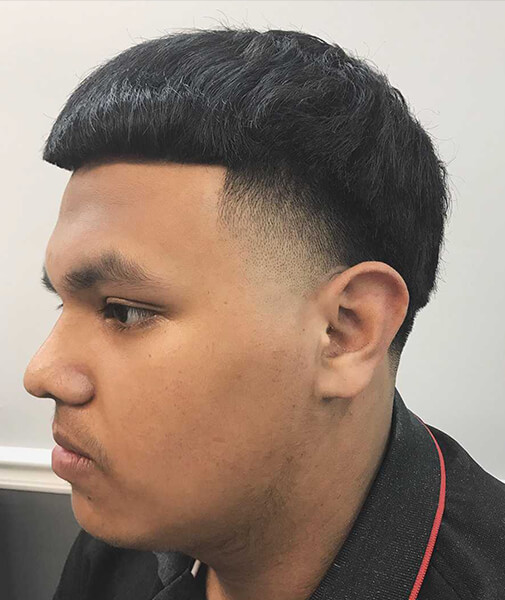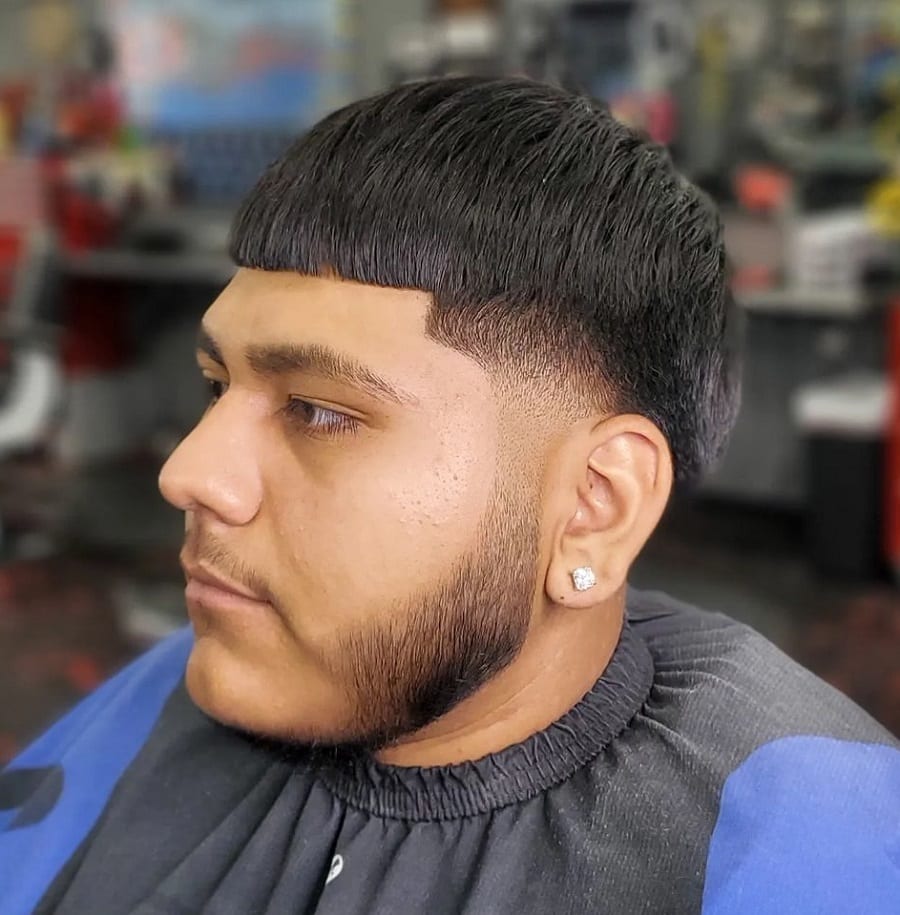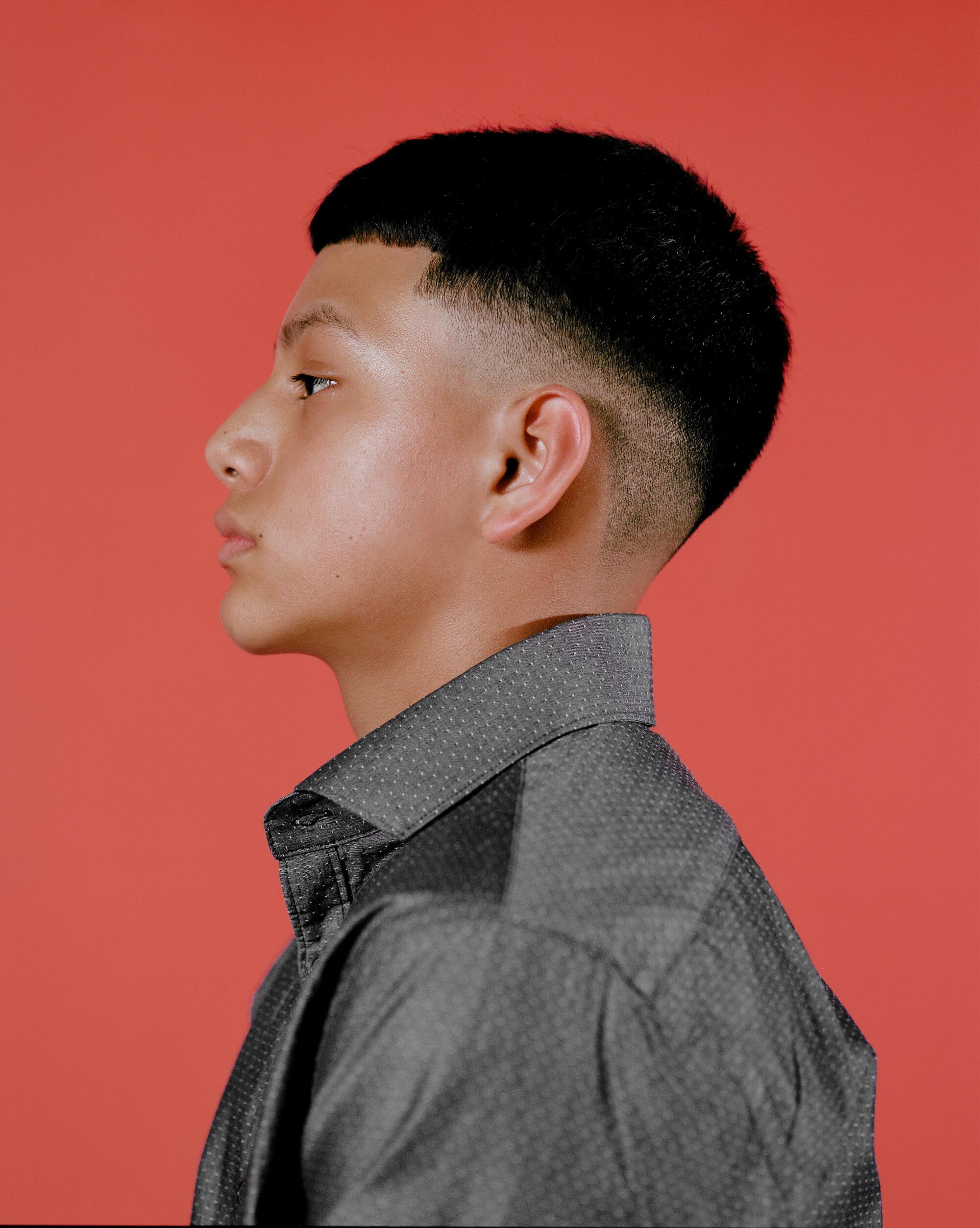Have you ever watched a movie that just feels different, where every joke lands and every scene change makes you gasp a little? That, in a way, is the mark of Edgar Howard Wright. He is a British film artist, a story writer for films, a movie backer, and sometimes even a performer. His creations often leave a lasting impression, making you think about them long after the screen goes dark, so to speak.
What makes his work stand out, you might wonder? Well, it is his unique combination of funny moments and really quick, clever scene shifts. These elements come together to create a viewing experience that feels fresh and exciting. You know, his films often have a rhythm all their own, pulling you right into the story from the first frame. It is pretty much a signature style that many people have come to admire.
Born on April 18, 1974, in a place called Poole, Dorset, this person spent his younger years growing up in Somerset, England. This background, you could say, helped shape the way he sees stories and brings them to life on screen. His path to becoming a widely recognized movie guide is quite interesting, actually, showing how a love for film can truly lead to making a mark.
- Salt Test Pregnancy
- Slicked Back Hair Women
- Vintage 80s Wedding Dress
- How Old Is Patrick Duffy
- Long Sweet Text Messages For Her
Table of Contents
- A Look at Edgar Wright's Life and Work
- How Does Edgar Wright Create His Stories?
- What Makes Edgar Wright's Editing Stand Out?
- Where Did Edgar Wright's Filmmaking Begin?
- What is the "Three Flavours Cornetto" Film Series?
- A Look at Scott Pilgrim and Edgar Wright's Work
A Look at Edgar Wright's Life and Work
Edgar Howard Wright, a name that many film lovers recognize, has made a significant impact on how we experience stories on the big screen. He is someone who wears many hats in the movie-making world. You see, he guides films, writes the words for them, helps get them made, and sometimes even steps in front of the camera to perform. Born on April 18, 1974, he started his life in Poole, Dorset, a spot in England. His journey into film is, well, pretty interesting, showing a natural talent for putting pictures and sounds together in a way that truly captures your attention.
As a movie guide, he has a way of shaping a film's overall feel, making sure every piece fits just right. His work as a script author means he crafts the words and the events that characters experience, often with a clear voice that is all his own. Then, as a film backer, he helps make sure the whole project gets off the ground, handling many of the behind-the-scenes needs. And every now and then, he pops up as a performer, adding another layer to his creative output. It is kind of amazing how many roles one person can take on, honestly, especially in a field as varied as making movies.
Growing up in Somerset, England, as a young person, he developed a connection to storytelling that would later define his career. This period of his life, you could say, laid some of the groundwork for his distinctive style. It is not uncommon for creative people to draw on their early experiences, and for Edgar Wright, those formative years in the English countryside likely played a part in shaping his unique perspective. So, his roots are very much a part of who he is as a film artist.
- How Long Is An F1 Race
- How Old Is Lil Wayne
- Neil Diamond Age Now
- Mariah Riddlesprigger
- Roseanne The Tv Show Cast
Personal Details for Edgar Wright
| Full Name | Edgar Howard Wright |
| Born | April 18, 1974 |
| Birthplace | Poole, Dorset, England |
| Nationality | British |
| Occupations | Movie Director, Screenwriter, Producer, Actor |
How Does Edgar Wright Create His Stories?
When you watch a film guided by Edgar Wright, you might notice a particular way he puts his stories together. It is a mix of funny moments and, well, a kind of quick, clever way of moving from one scene to the next. This combination is a big part of what makes his films feel so special. He has a knack for finding humor in situations that might seem ordinary, or even serious, and then presenting it in a surprising way. You know, it is like he is always one step ahead, setting up a joke or a visual gag that pays off in a big way, pretty much every time.
His approach to writing a film often involves blending different kinds of feelings. So, you might find yourself laughing out loud one moment, and then feeling a bit of suspense or excitement the next. This mixing of feelings helps keep you really engaged, because you are never quite sure what is coming next. He builds worlds where everything seems to have a purpose, and even the smallest details can contribute to the overall funny or thrilling feeling. It is a very deliberate way of crafting a story, honestly, where nothing feels accidental.
He tends to make sure that the funny parts are not just random additions; they are woven right into the fabric of the story itself. This means the humor often comes from the characters' personalities, their reactions to strange events, or clever wordplay that pops up in the dialogue. It is a kind of smart comedy that makes you appreciate the thought put into it. You could say his stories are built with a strong foundation of wit, making them memorable and fun to revisit, more or less.
The Distinctive Humor of Edgar Wright
The funny bits in an Edgar Wright movie are, well, pretty unique. He has a way of making you laugh that is often unexpected, coming from a sudden visual joke, a perfectly timed line, or even just a character's reaction. It is not always about big, slapstick moments; sometimes the humor is quite subtle, hiding in plain sight until it clicks. This kind of wit often comes from the way he sets up situations, letting the absurdity build until it reaches a peak, just like a good joke should.
You might find that his humor often plays with familiar movie types, turning them on their head or making fun of common movie situations. This makes his films feel both fresh and familiar at the same time. The timing of the jokes is also a big part of it. He knows just when to deliver a punchline, or when to cut to a reaction shot that makes the funny moment even funnier. It is a precise kind of comedy, you know, that really shows his skill in guiding performances and shaping scenes. So, his films have a very particular kind of funny bone.
Beyond just the jokes, the humor in Edgar Wright's work often comes from the characters themselves and their interactions. They might be ordinary people in very unusual situations, and their grounded reactions to those wild events create a lot of the comedy. This makes the funny parts feel more real and relatable, even when the circumstances are completely over-the-top. It is, in a way, a very human kind of humor that connects with a wide audience, pretty much making everyone chuckle.
What Makes Edgar Wright's Editing Stand Out?
When you watch a film guided by Edgar Wright, one of the first things you might notice is how quickly and cleverly the scenes change. This is what people mean when they talk about his "sharp editing." It is not just about cutting from one shot to the next; it is about doing it in a way that adds to the story, creates a funny moment, or builds excitement. You know, he uses these quick visual shifts to guide your eye and your feelings through the movie, almost like a visual dance. It is a very active way of telling a story, honestly, keeping you on your toes.
The way he puts scenes together can make things feel incredibly fast-paced, even when not much is happening. He might use a series of quick cuts to show a character doing everyday tasks, but make it feel like a thrilling montage. Or, he might use a sudden cut to emphasize a joke or a surprise, making the audience react right along with the characters. This precise visual work helps control the rhythm of the film, making sure every moment has the right impact. So, his films have a kind of visual beat that is very much his own.
His visual choices often make his films feel quite different from others you might see. There is a sense of purpose behind every scene change, every camera move, and every sound effect that is linked to the visuals. It is like he is playing with the tools of filmmaking in a very playful and smart way, creating a style that is immediately recognizable. You can often tell it is an Edgar Wright film just by the way the scenes transition, which is pretty cool, really. It is a very distinctive visual language he uses.
The Visual Flair of Edgar Wright's Movies
Beyond just how quickly scenes change, the visual appeal of Edgar Wright's movies is something special. He has a knack for using everything in the frame to tell the story or add to the mood. This includes how he uses camera movements, the way sets are put together, and even how everyday items are placed to create a certain feeling or a visual gag. It is like every part of the picture is there for a reason, contributing to the overall look and feel. You know, his films often have a very deliberate visual design that makes them pop.
The flow of scenes in his films also has a unique rhythm. One moment can lead into the next with a kind of visual musicality, where actions and reactions connect in a satisfying way. This might involve a character walking into one scene and exiting into another seamlessly, or a series of quick shots that build up to a single, impactful moment. It is a fluid way of guiding the audience through the story, making the experience feel smooth and engaging. So, his films are, in a way, a treat for the eyes, with a lot of thought put into every visual detail.
You can often recognize an Edgar Wright film just by its visual style. There is a certain energy and cleverness to how he presents things, whether it is a busy street scene or a quiet conversation. He uses visual cues to hint at jokes, foreshadow events, or simply to make a scene more interesting to look at. This commitment to visual storytelling means his films are not just about what is said, but also about what you see, and how it is shown. It is a pretty consistent and admired aspect of his work, honestly.
Where Did Edgar Wright's Filmmaking Begin?
Every movie maker has a starting point, and for Edgar Wright, that path began quite early in his life. He spent his younger years growing up in Somerset, England, a place that might have quietly influenced his later creative work. Like many who go on to guide films, he likely started with a keen interest in movies, watching them, learning from them, and perhaps even trying to make his own short pieces with whatever tools he had around. You know, that initial spark of curiosity often sets the stage for a much bigger career, pretty much in any creative field.
His time as a young person in Somerset was, you could say, a period of informal learning and exploration. It is where he began to develop his own ideas about how stories could be told on screen. Many film artists start this way, experimenting with cameras, trying out different ways to put scenes together, and figuring out what works and what does not. This hands-on experience, even if it was just with a home video camera, would have been incredibly valuable. So, his early days were very much about building a foundation for what was to come.
The journey to becoming a widely recognized movie guide is often a long one, filled with practice and a lot of dedication. For Edgar Wright, his beginnings in England were the first steps on that path. It is a reminder that even the most admired creators start somewhere, often in quiet places, learning their craft piece by piece. His story is, in a way, a testament to how early passion can lead to a truly remarkable career in the world of cinema, honestly.
Early Days of Edgar Wright
Thinking about the early days of Edgar Wright, it is clear that his interest in making movies began when he was quite young. He was a young person in Somerset, England, and this is where he
- Love Picture Quotes For Him
- Belissa Escobedo
- Rebecca De Mornay Young
- Latisha Pelayo Biography
- Long Sweet Text Messages For Her


